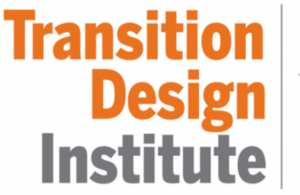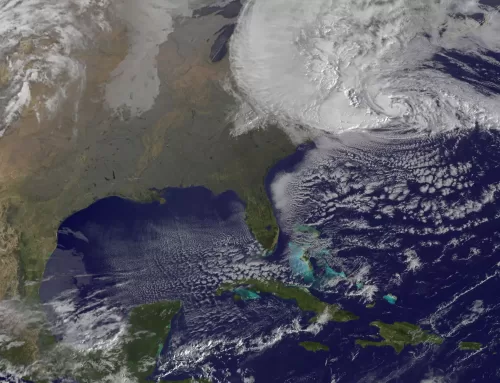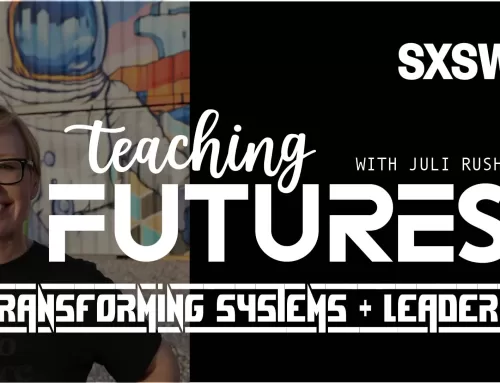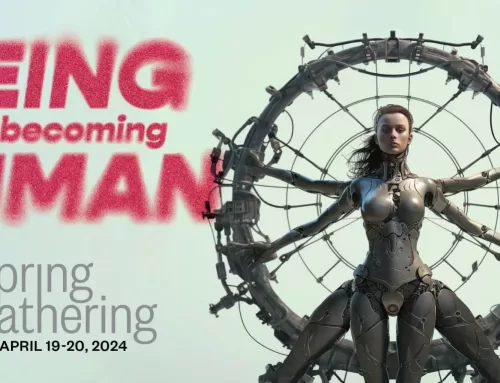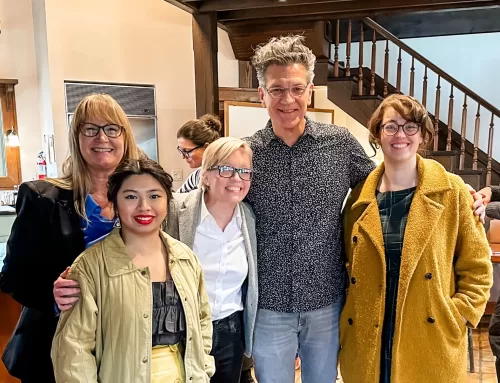Call for papers
Futures in Transition:
Designing Transitions and Future-Making for Systems-Level Change
Coming out of the WFSF 50th Anniversary Conference “Exploring Liminalities: Creating Spaces for Unlimited Futures”, the guest editor of Futures in Transition: Designing Transitions and Future-Making for Systems-Level Change is pleased to invite you to participate in the following special issue of the World Futures Review. In partnership with the Transition Design Institute at Carnegie Mellon University, and the UH Foresight Activation Lab at the University of Houston, this special issue of the WFR seeks to bring Transition Design (TD) to a wider futures audience. The call for contributions is open to futurists, designers, social innovators and change makers who are engaged in designing for transitions.
Transition Design is a transdisciplinary approach that brings together researchers and practitioners who are concerned with the need for societal level transformation. Rooted in a design ethos, TD emphasizes not just theory but action. Concerned with sustainability, social justice, and long-term solutions towards preferred futures, TD is an approach to the wicked and intractable problems which took decades if not centuries to reach their current entangled state. They therefore require complex and iterative interventions focusing on local stakeholder needs, particularly those most directly impacted by the wicked problem. Futures thinking and futures making are critical to addressing the transitional times we are all living through.
Editorial Guidelines (Approaches and Scope)
The purpose of this publication is to contribute to the effective dissemination of new knowledge related to various fields and disciplines, including futures studies and design. This special issue aims to disseminate knowledge on designing transitions towards states that are more equitable, just, convivial, and sustainable through the application of futures thinking, design, and futures making.
Guiding Questions and Lines of Inquiry
There are two main aspects of Transition Design: a practical approach to dealing with complex problems in a place-based context and a theoretical framework for engaging in transdisciplinary knowledge creation. The Transition Design Approach involves five general phases: mapping the wicked problem, articulating social relations between stakeholders, understanding how the problem has evolved over time, designing for transitions through visioning and backcasting, and designing ecologies of interventions. The Transition Design Framework consists of four “mutually-reinforcing and co-evolving areas of knowledge, action and self-reflection” which are Vision, Theories of Change, Mindset and Posture and New Ways of Designing (Irwin, 2018). To help with submissions, questions and potential topics are organized around the framework. However, authors are free to focus on specific areas of the Transition Design Approach or other topics relevant to designing for transitions.
Visions for Transition
- How do we imagine preferred futures together?
- What are possible innovations in normative futures and backcasting?
- Crafting durational, long-term and compelling future narratives.
- Means by which to materialize generative futures.
- How might images and visions for the future be co-created without collapsing diverse perspectives?
Theories of Change
- Examples of trans-disciplinary theories of change.
- How might worldviews and value systems influence assumptions of change?
- Exploring tensions between macro and micro change (critiques of everyday life).
Mindset and Posture
- How might uncertainty act as a technology to be embraced?
- How might shifting worldviews influence societal transitions?
- How might pluriversal thinking lead to more collaborative forms of future making?
New Ways of Designing
- How might design amplify place-based solutions for the future?
- How can “fail forward” approaches to future making influence systems-level design?
- What areas of opportunity exist between democratizing design and futures literacy?
- What role might utopianism play in materializing interventions and proposing pathways for transition?
Additional Questions
- Examples of emerging or overlooked tools to use within an applied approach?
- Transdisciplinary and hybrid approaches to systems change?
- Examples or theoretical considerations of how trauma-informed approaches can facilitate more ethical and successful interventions in imagining and materializing preferred futures?
Pieces for this issue:
1)Research articles
2) Case Studies (future-making, artifacts or artifact creation processes, experiential futures)
3) Ethnographic, auto-ethnographic, or creative outputs in line with special issue focus
Submission Details:
All contributions will be blind peer-reviewed. Timelines are as follows:
- Abstracts of 200-400 words due January 15, 2024 sent to acowart@andrew.cmu.edu
- Abstracts accepted and authors notified no later than February 15, 2024
- Paper submissions due April 1, 2024 via https://journals.sagepub.com/author-instructions/WFR
- Review, revision and final acceptance feedback by end of May, 2024
- Final submissions due end of July, 2024
Additional Resources:
Additional resources and information regarding Transition Design in particular can be found at https://transitiondesignseminarcmu.net/. For an indepth example of a TD project for the NASDAQ Entrepreneurial Center, please visit https://thecenter.nasdaq.org/vep/vep-project-stakeholder-mapping/. For more information regarding the UH Foresight Program and Activation Lab, visit https://www.houstonforesight.org/.
Guest Editor: Adam Cowart, Carnegie Mellon University, University of Houston. Editor can be reached at acowart@andrew.cmu.edu.

